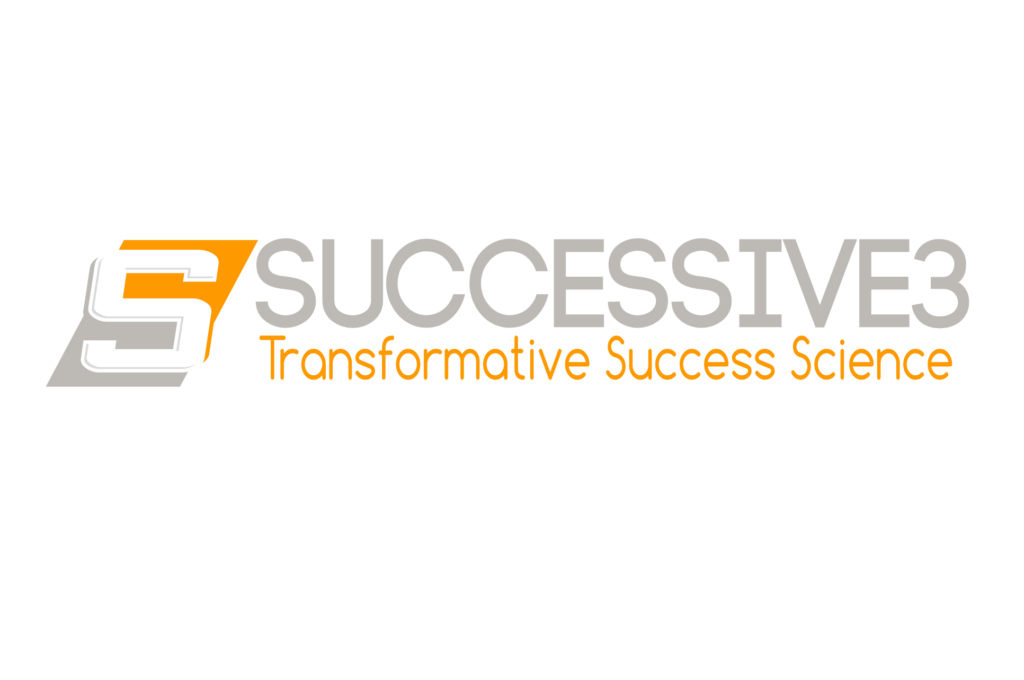Business & Economics
Harper Collins
August 20, 2002
368

Drawing upon a six-year research project at the Stanford University Graduate School of Business, James C. Collins and Jerry I. Porras took eighteen truly exceptional and long-lasting companies and studied each in direct comparison to one of its top competitors. They examined the companies from their very beginnings to the present day -- as start-ups, as midsize companies, and as large corporations. Throughout, the authors asked: "What makes the truly exceptional companies different from the comparison companies and what were the common practices these enduringly great companies followed throughout their history?" Filled with hundreds of specific examples and organized into a coherent framework of practical concepts that can be applied by managers and entrepreneurs at all levels, Built to Last provides a master blueprint for building organizations that will prosper long into the 21st century and beyond.
Built to Last is one of my all time favorite business books. I read it early, I read it often, and I even sat next to Jim Collins once in a plane. I told him what a big fan I was of his writing. The book taught me a variety of things, among them was how to determine criteria that would evaluate the success of a company. Next it highlighted that successful companies are likely not doing what they were created to do. In fact, they may not have been good at what they were intended to do but instead have become good at something else altogether. They could have evolved past their original intention and continue to be successful. The best example, and I may take some liberties with it, is 3M. This is the way I tell the story. ‘3M was originally named Minnesota Mining and Mutual (3M), they were a mining company but turned out not to be so great at mining. But as a result of all that unsuccessful mining, they produced a lot of sand. they took the sand and started making sandpaper. As a part of making sandpaper, they become good at industrial adhesives (what bonds the sand to the paper). They became a very good adhesives company but they experimented and not all the experiments were successful. One of their adhesives did not work, it became the adhesive for the post it notes.
The key takeaway for me was the process of doing, evaluating, and adjusting. Trying new things and creating new markets. This is what made them and the other companies studied in this classic book, special.
